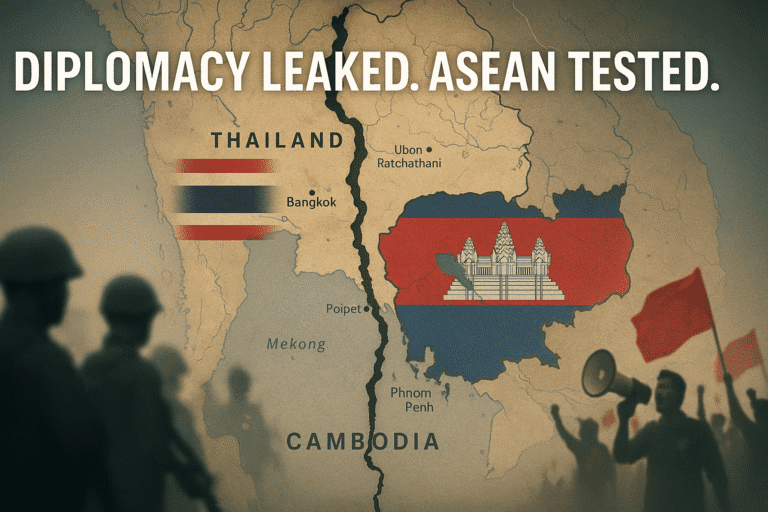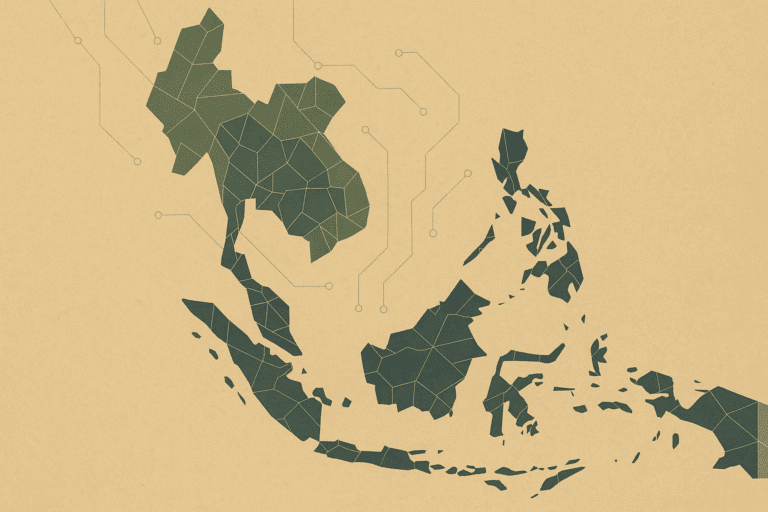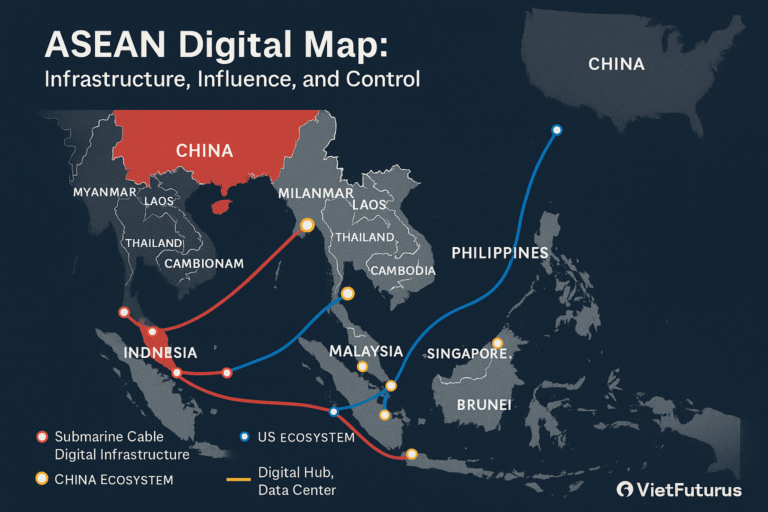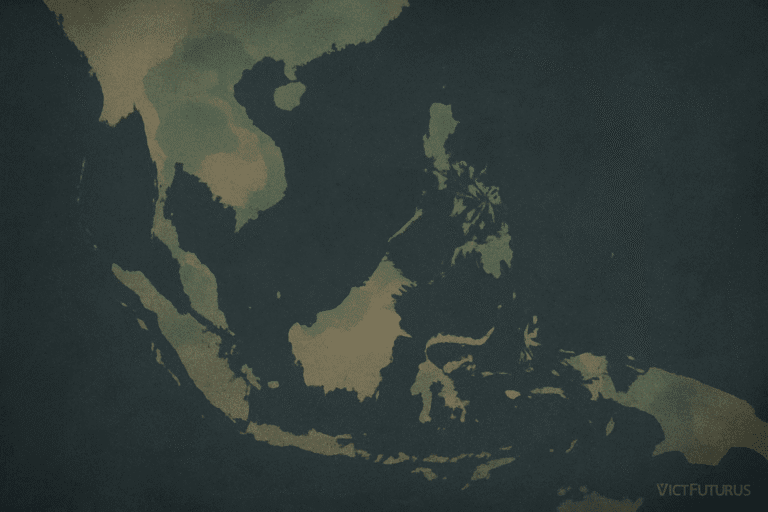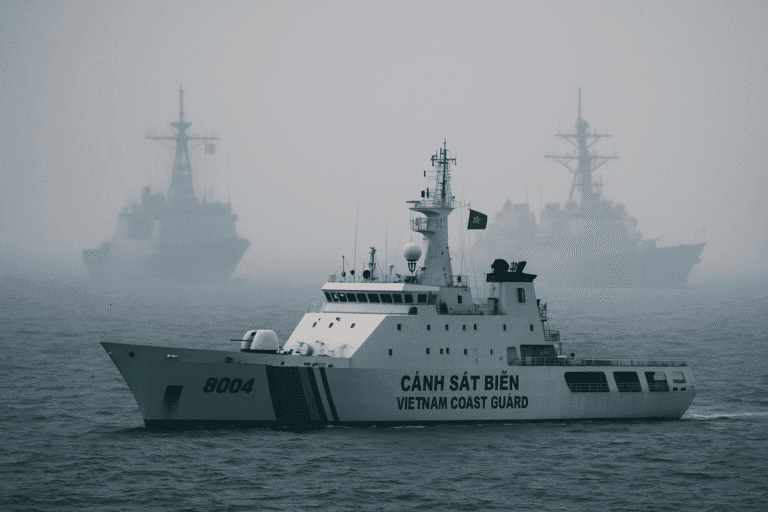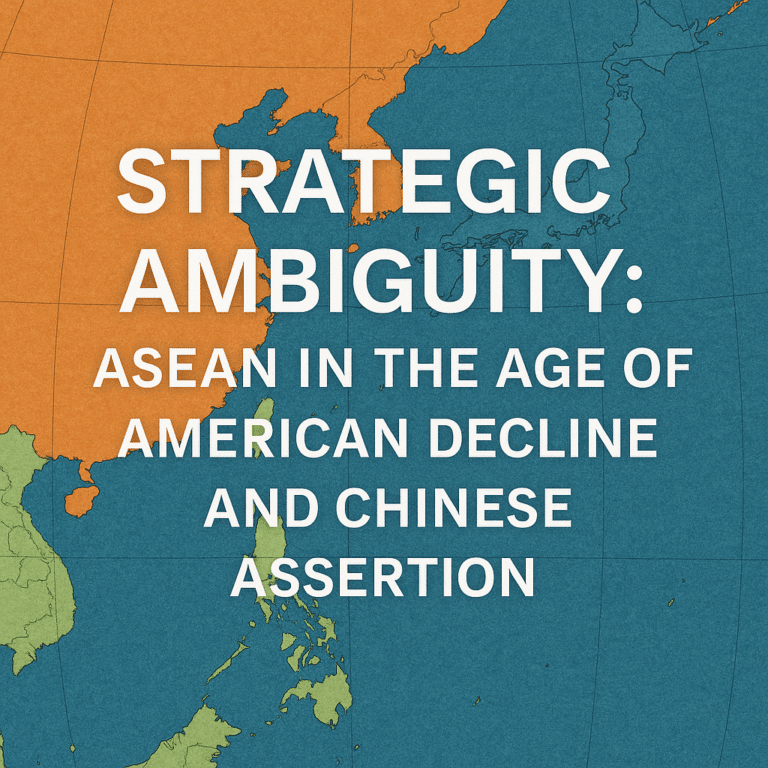Strategic Ambiguity in Southeast Asia
Geopolitical foresight from the heart of ASEAN, navigating rising tensions, fractured alliances, and the delicate balance between global powers.
In an age of intensifying rivalry between the United States and China, Southeast Asia faces a pivotal choice: pick a side, or master the art of ambiguity.
Strategic Ambiguity is the oldest survival code of this region — now reimagined for a world of digital warfare, economic coercion, and shifting allegiances.
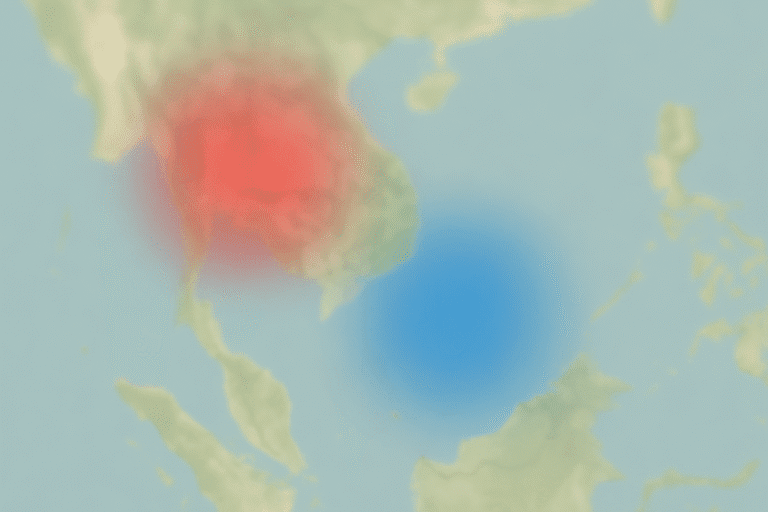
What We Analyze
Each paper combines historical insight, regional dynamics, and actionable foresight.
Highlight:
Vietnam’s Foreign Policy is Not Neutral. It’s a Strategic Silence.
Vietnam strategic silence isn’t neutrality. It’s a calculated stance shaped by history, bamboo diplomacy, and South China Sea tensions.
Key Strategic Papers
Why It Matters
Southeast Asia thrives not by confrontation, but calibration.
Strategic ambiguity is not indecision — it’s survival.
Our work decodes that ambiguity into usable intelligence for analysts, policymakers, and visionaries.
This division is led by Jay Nguyen, merging academic clarity with regional experience.
Strategic Ambiguity in Southeast Asia
Subscribe to our geopolitical dispatches

